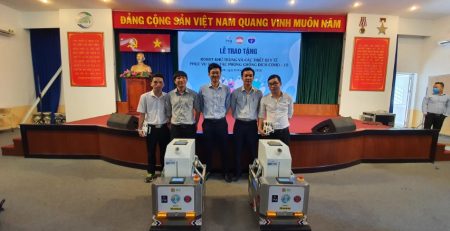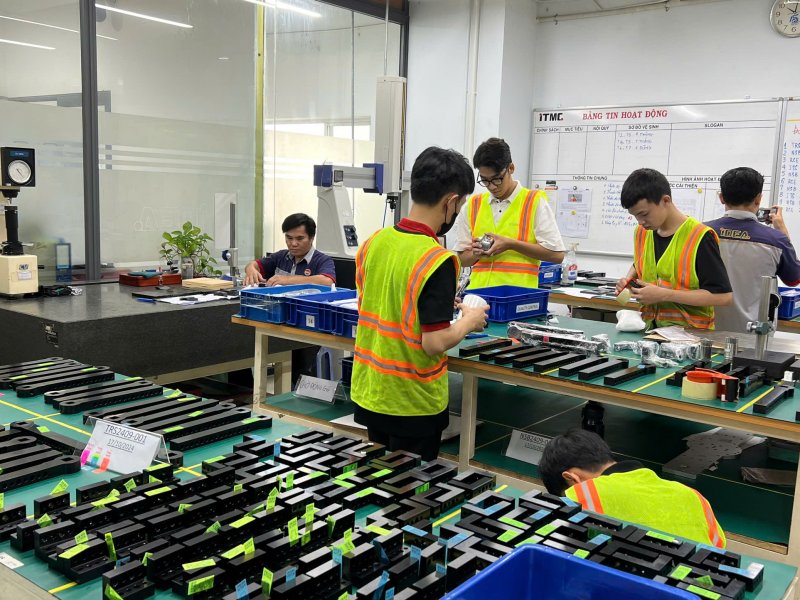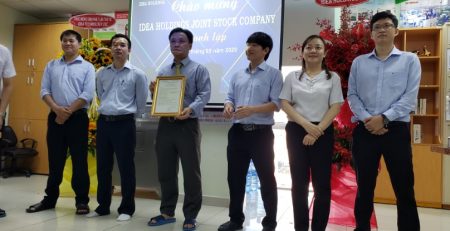In today’s dynamic manufacturing landscape, integrating industrial sensors, automation, smart control systems is essential for operational efficiency, real-time analytics, and predictive maintenance. As industries shift toward Industry 4.0, the synergy between sensors and automated systems is revolutionizing production lines, improving accuracy, reducing downtime, and enhancing quality assurance processes.

The Role of Industrial Sensors in Automation
Industrial sensors serve as the eyes and ears of automated systems. These intelligent devices detect temperature, pressure, humidity, motion, and proximity—translating physical variables into actionable digital signals for real-time control. Their integration ensures that machines make decisions based on accurate, timely data, optimizing performance across the board.
How Smart Control Systems Work
Smart control systems utilize sensor data fed into programmable logic controllers (PLCs) and Industrial PCs to manage operations across factory environments. Adaptive algorithms interpret this data, triggering adjustments in machinery or prompting maintenance alerts—minimizing manual intervention.
Types of Industrial Sensors Used in Automation
- Temperature Sensors – Monitor and control heat levels in machinery and processes.
- Pressure Sensors – Regulate hydraulics and pneumatics for safe and efficient operation.
- Proximity Sensors – Detect object presence without contact, ideal for robotic systems.
- Photoelectric Sensors – Enable object detection using light, supporting diverse automation tasks.
- Vibration Sensors – Predict mechanical wear or imbalance in rotary equipment.
Benefits of Sensor Integration in Smart Manufacturing
Seamless integration of industrial sensors, automation, smart control delivers tangible benefits, including:
- Operational Efficiency: Faster decision-making and streamlined processes minimize delays.
- Quality Control: Real-time data allows for corrective measures before defects occur.
- Predictive Maintenance: Sensor feedback helps detect anomalies early, reducing downtime.
- Energy Management: Monitoring consumption ensures optimal energy use and cost savings.
Real-world Applications
Leading-edge manufacturing environments—from automotive plants to semiconductor fabrication—rely on sophisticated sensor networks. For instance, companies like Che Tao May IDEA integrate custom-built control systems enhanced with sensor technology to achieve zero-defect production goals.
Similarly, IDEA Group Vietnam offers comprehensive sensor integration solutions for automated production lines across multiple sectors, improving traceability and standardizing operations.
Best Practices for Implementing Sensor-Driven Control Systems
To maximize the ROI of industrial sensor integration, manufacturers should:
- Conduct a needs assessment based on existing infrastructure and production objectives.
- Select sensors with the right accuracy, range, and output types for intended applications.
- Ensure seamless connectivity with PLCs, HMIs, and cloud platforms.
- Develop scalable systems that accommodate future upgrades and expansion.
- Partner with expert automation firms like IDEA Technology Corporation for end-to-end engineering support.
Partner with IDEA for Smart Industrial Solutions
As the demand for smarter, more agile operations increases, integrating industrial sensors, automation, smart control becomes a competitive necessity. IDEA delivers customized automation designs, tailored sensor networks, and advanced control systems that optimize industrial performance and future-proof operations.
Let IDEA be your trusted partner in transforming your manufacturing capabilities. Contact us today and unlock the potential of cutting-edge industrial automation solutions in Vietnam and beyond.





Leave a Reply